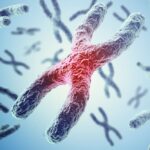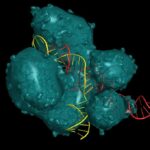The World Health Organization reports that around 13 percent of the world’s population…
Category: Gene Therapy
Home / Gene Therapy / Page 4
In evolutionary terms, chimpanzees are humans’ closest living relatives. But how…
Despite being one of the world’s most common inherited blood disorders,…
The recent release of findings from a small Phase 1 clinical…
CAR-T is an immunotherapy that is currently used to treat blood…
While research on potential therapeutic applications of mRNA has been underway…
Biotech start-up Ring Therapeutics, founded by Flagship Pioneering in 2017, hopes…
An estimated 650 million adults live with obesity today, which puts…
Transthyretin amyloidosis (ATTR amyloidosis) is a rare but fatal disease marked…
Depending on your perspective, giraffes are either the world’s most graceful…
As a hereditary trait, eye color tends to be an introductory…
Osteoarthritis is a debilitating and painful wearing down of joint cartilage…
RNA viruses are known to cause a large number of diseases…
Contract research organizations (CROs) have been an integral part of drug…
Although you might think of the ability to hop as one…
A common refrain in science fiction movies is the cautionary statement,…
Cell and gene therapies (CGTs) are quickly making their way from…
Whether you adore cats or you’re allergic to them, you might…
Danon Disease is a rare, life-threatening condition in which the body’s…
Inherited retinal diseases (IRDs) can cause vision loss that ranges from…
Introduction Real-world evidence (RWE) is accelerating drug development by using routinely collected patient health data, known as real-world data (RWD), to deliver insights beyond…
Introduction Researchers are developing novel, safer treatments for cancer, but bringing new oncology therapies to market is challenging. This white paper will examine the…
Introduction As global obesity rates continue to rise, the search for effective treatments is more critical than ever. Obesity is associated with an increased…
NEWARK, Del.—(BUSINESS WIRE)—QPS Holdings, LLC (QPS), an award-winning contract research organization (CRO) focused on bioanalytics and clinical trials, is celebrating its 30-year anniversary in…
NEWARK, Del.—(BUSINESS WIRE)—QPS India, a subsidiary of QPS Holdings, LLC (QPS), a GLP/GCP-compliant global full-service Contract Research Organization, has achieved another significant milestone by…
TAIPEI, Taiwan—(BUSINESS WIRE)—QPS, a leading global contract research organization (CRO) specializing in preclinical and clinical drug development services, is pleased to announce the expansion…
Webinars
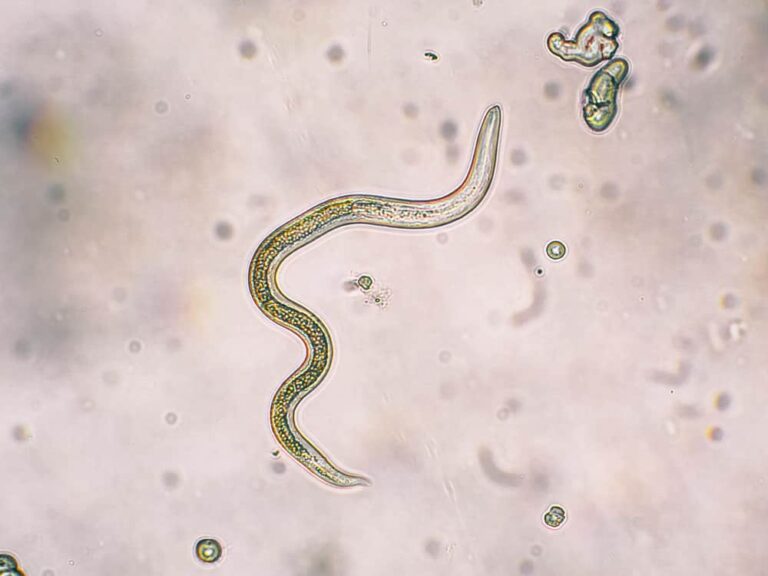
14 Obesity Genes Discovered
December 15, 2021
The World Health Organization reports that around 13 percent of the world’s population is classified as “obese.” Today, medical experts know that obesity is much more than

Chimpanzee DNA Sheds Light on Human Brain Evolution
December 8, 2021
In evolutionary terms, chimpanzees are humans’ closest living relatives. But how close are we, really? Science Daily reports that researchers at Lund University in Sweden
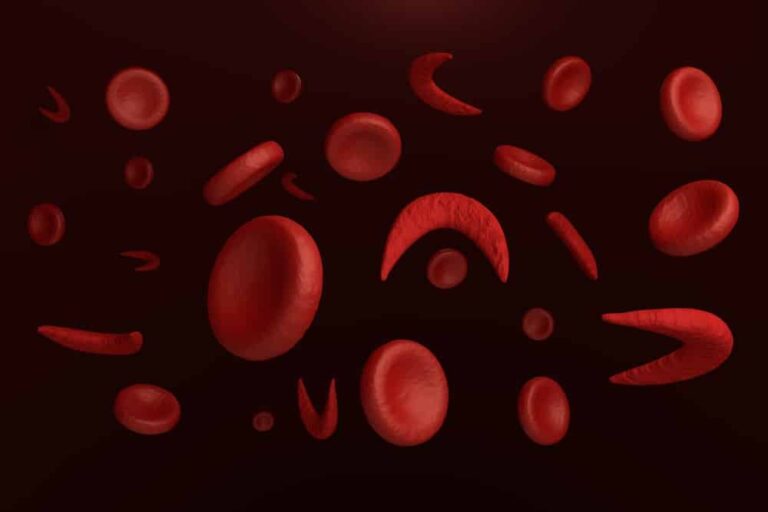
Can Gene Therapy Cure Sickle Cell Disease?
November 8, 2021
Despite being one of the world’s most common inherited blood disorders, sickle cell disease has few treatment options, even with the approval of three new
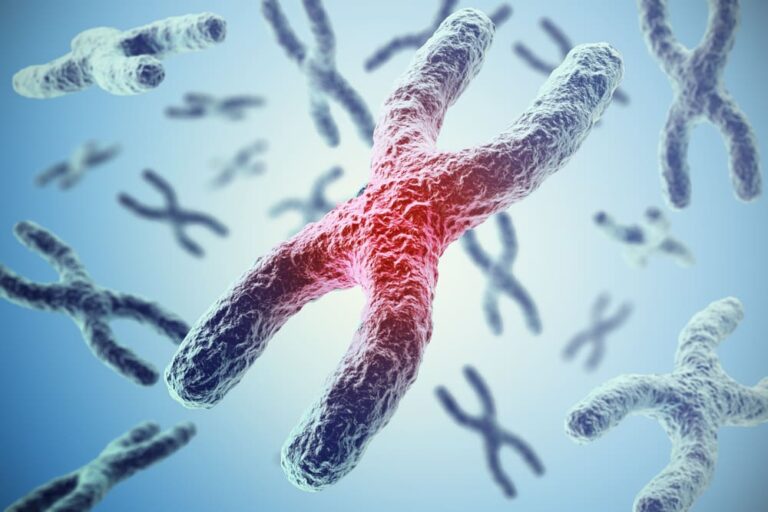
New Hope for Ultra-Rare Childhood Disease
November 1, 2021
The recent release of findings from a small Phase 1 clinical trial not only gives hope to families affected by an ultra-rare childhood disease, but

CRISPR and the Continuing Quest for CAR-T Safety and Durability
October 27, 2021
CAR-T is an immunotherapy that is currently used to treat blood cancers and is in clinical trials to treat other cancers as well. This treatment

mRNA: Great Expectations vs. Limited Applications
October 18, 2021
While research on potential therapeutic applications of mRNA has been underway for more than a decade, the success of the Pfizer and Moderna COVID-19 vaccines
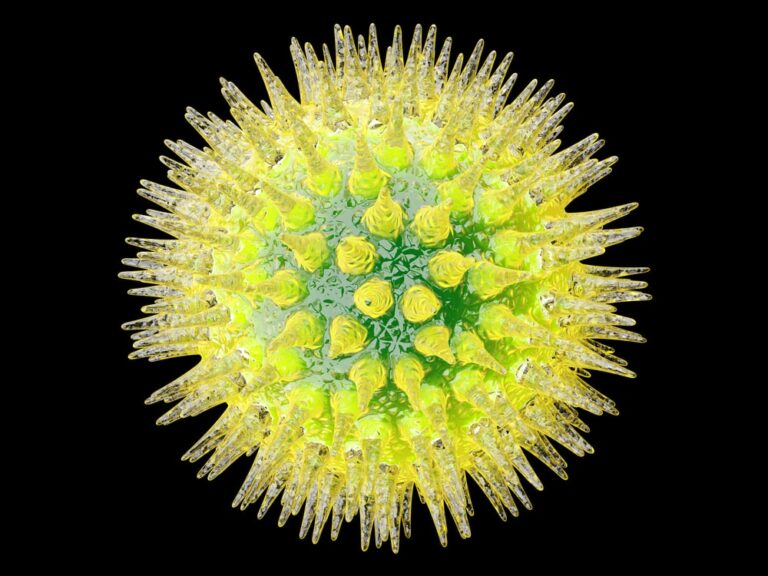
Move Over AAV – Anelloviruses May Be Key to NextGen Gene Therapy
September 27, 2021
Biotech start-up Ring Therapeutics, founded by Flagship Pioneering in 2017, hopes to transform gene therapy by using a new class of vector — anelloviruses –

A Genetic Game-Changer in Treating Obesity
September 13, 2021
An estimated 650 million adults live with obesity today, which puts those individuals at increased risk for some of the leading causes of death worldwide,
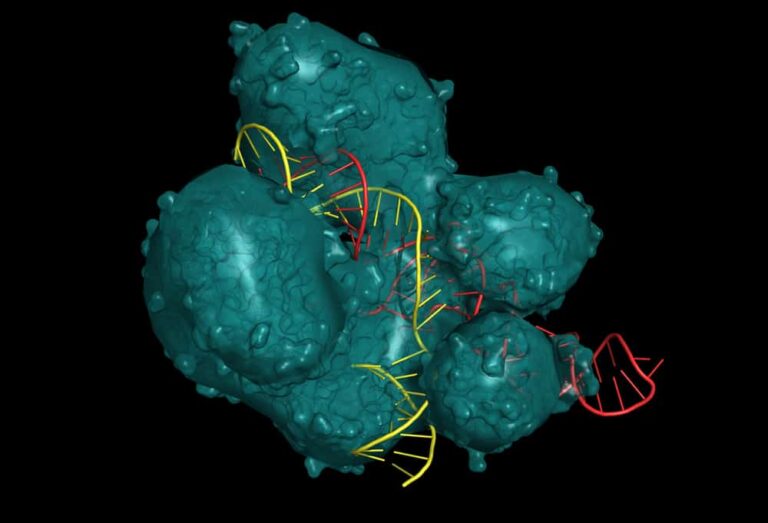
Clinical Trial Shows In Vivo CRISPR-Cas9 Therapy Effective Against Rare Disease
August 22, 2021
Transthyretin amyloidosis (ATTR amyloidosis) is a rare but fatal disease marked by clumping and accumulation of mutated, misfolded transthyretin proteins in peripheral nerves and cardiac

Could Giraffes Advance Human Genetic Research?
August 18, 2021
Depending on your perspective, giraffes are either the world’s most graceful animal or a baffling, doe-eyed sloppy eater. (This could depend largely on whether you’re
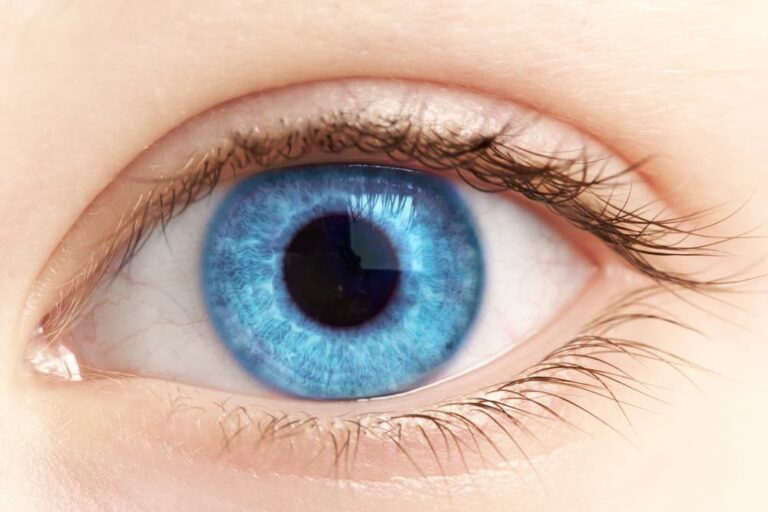
New Eye Color Genetics Research Could Revolutionize Eye Disease Treatment
June 30, 2021
As a hereditary trait, eye color tends to be an introductory lesson to human genetics. Think back to high school biology class, which often covers

A Gene Therapy Startup Engages in Horseplay to Test New Osteoarthritis Therapy
June 21, 2021
Osteoarthritis is a debilitating and painful wearing down of joint cartilage tissues. Every year, more than three million people in the U.S. (and millions more

Understanding How Cells Tell RNA and DNA Apart Could Lead to New Antivirals
May 17, 2021
RNA viruses are known to cause a large number of diseases in humans, including COVID-19, measles, influenza, hepatitis, yellow fever and Zika. Most new and

Five Criteria to Use When Selecting a CRO for a Gene Therapy Study
April 26, 2021
Contract research organizations (CROs) have been an integral part of drug development since the 1920s, first as providers of preclinical testing services, then as organizations

How a Rare Breed of Rabbit Is Advancing Genetics
April 7, 2021
Although you might think of the ability to hop as one of rabbits’ defining characteristics, some rabbits don’t hop at all. The sauteur d’Alfort is a rare breed

Determining “Responsible Clinical Use” in Heritable Human Genome Editing
March 22, 2021
A common refrain in science fiction movies is the cautionary statement, “Just because we can doesn’t mean we should.” As new technologies such as CRISPR/Cas9

Robust Cell and Gene Therapy Pipeline Targets a Range of Diseases
March 1, 2021
Cell and gene therapies (CGTs) are quickly making their way from theory to clinical practice, primarily because they target specific disease drivers rather than the

The Genetics of Calico Cats
December 16, 2020
Whether you adore cats or you’re allergic to them, you might be surprised to learn that you can better understand genetics by studying calico cats.

Could Gene Therapy Hold the Answer to Danon Disease?
December 14, 2020
Danon Disease is a rare, life-threatening condition in which the body’s protein removal and recycling processes no longer work properly. The result is dysfunction of
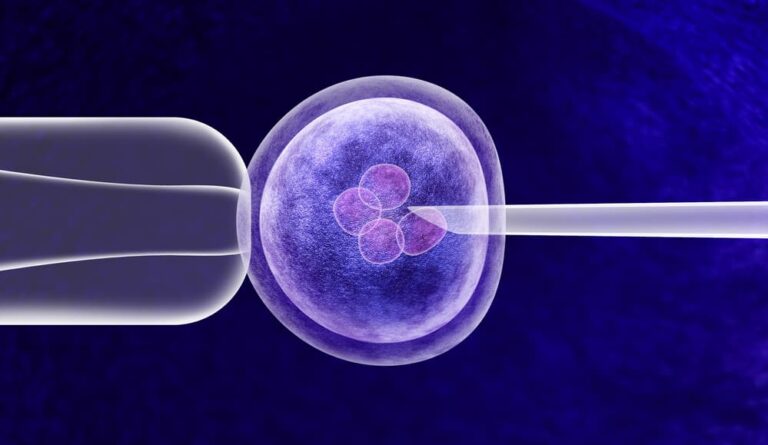
Gene Therapy and Inherited Retinal Diseases
November 9, 2020
Inherited retinal diseases (IRDs) can cause vision loss that ranges from mild to severe, and can even cause blindness. These diseases affect people of all
Introduction Real-world evidence (RWE) is accelerating drug development by using routinely collected patient health data, known as real-world data (RWD), to deliver insights beyond…
Introduction Researchers are developing novel, safer treatments for cancer, but bringing new oncology therapies to market is challenging. This white paper will examine the…
Introduction As global obesity rates continue to rise, the search for effective treatments is more critical than ever. Obesity is associated with an increased…
NEWARK, Del.—(BUSINESS WIRE)—QPS Holdings, LLC (QPS), an award-winning contract research organization (CRO) focused on bioanalytics and clinical trials, is celebrating its 30-year anniversary in…
NEWARK, Del.—(BUSINESS WIRE)—QPS India, a subsidiary of QPS Holdings, LLC (QPS), a GLP/GCP-compliant global full-service Contract Research Organization, has achieved another significant milestone by…
TAIPEI, Taiwan—(BUSINESS WIRE)—QPS, a leading global contract research organization (CRO) specializing in preclinical and clinical drug development services, is pleased to announce the expansion…






